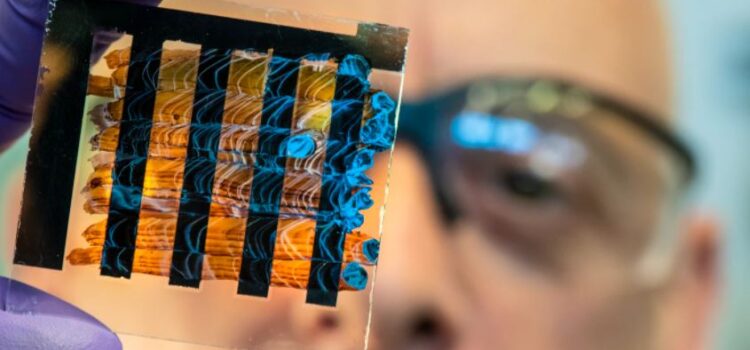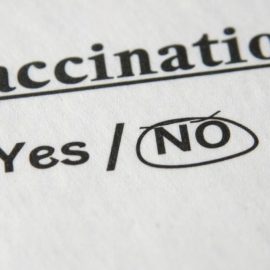

This article is an excerpt from the Shortform book guide to "Life Force" by Tony Robbins, Peter H. Diamandis, and Robert Hariri. Shortform has the world's best summaries and analyses of books you should be reading.
Like this article? Sign up for a free trial here.
What is gene therapy? Are genetic disorders curable? How far are we from a future where gene therapy is mainstream?
Gene therapy—using genetic engineering to fix damaged or disease-causing genes—offers promising treatments for many genetic disorders. However, we are still far from making gene therapy mainstream because of the high costs of research and development.
Here’s a look at the challenges and advances in the treatment of genetic disorders.
Gene Therapy to Cure Genetic Diseases
Gene therapy is a process that uses viruses to replace mutated, illness-causing DNA in the body’s cells with healthy DNA. The injected virus containing the healthy DNA attaches itself to the patient’s cells and causes them to start replicating that healthy DNA, eliminating the mutation that was causing the disease.
Another type of treatment using genes is gene editing, which allows scientists to edit DNA within cells. An editing protein called CRISPR-Cas9 locates the DNA that needs to be edited and snips out the portion of it that’s causing problems. Its ability to locate the affected DNA also makes it an excellent diagnostic tool for rapidly detecting diseases, including cancer and viral infections such as COVID-19. Gene editing is a newer technology than gene therapy, and research is underway to discover more editing proteins to expand our options in what diseases we treat and how.
Challenges and Advances in Gene Therapy
Breakthroughs continue to be made in the fields of gene therapy and gene editing, but the high costs of research are placing a bottleneck on development. While it already costs, on average, over $2.5 billion to bring a new drug to market, the unique nature of gene therapy treatments raises the average cost to $5 billion.
These high development costs translate into extremely high costs for the treatment of genetic disorders as well. In nations with nationalized healthcare, governments are struggling to foot the bills of these therapies that can cost millions of dollars per treatment. In America, gene therapies are often covered by insurance but the free market nature of the healthcare industry leaves insurers unable to negotiate for lower prices.
Despite the costs, gene therapy continues to advance, with recent developments including cures for spinal muscular atrophy, inherited retinal disease, and large B-cell lymphoma. Further research may yield cures for Duchenne muscular dystrophy and hemophilia. Gene editing recently saw a breakthrough that could rapidly accelerate further research: Human-derived proteins called zinc fingers may provide a safer alternative to CRISPR treatment, which uses bacteria-derived proteins that run the risk of triggering an immune response.

———End of Preview———
Like what you just read? Read the rest of the world's best book summary and analysis of Tony Robbins, Peter H. Diamandis, and Robert Hariri's "Life Force" at Shortform.
Here's what you'll find in our full Life Force summary:
- How new technology may dramatically expand the human lifespan
- Lifestyle changes you can make now to increase your lifespan
- Whether or not it's possible for humans to become immortal






